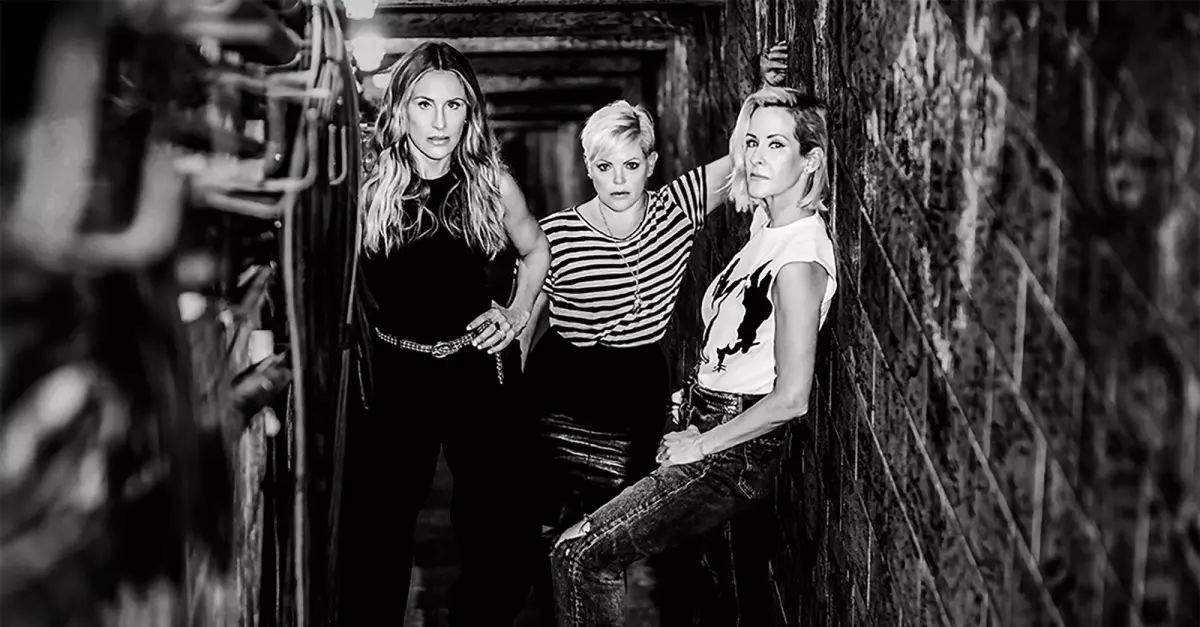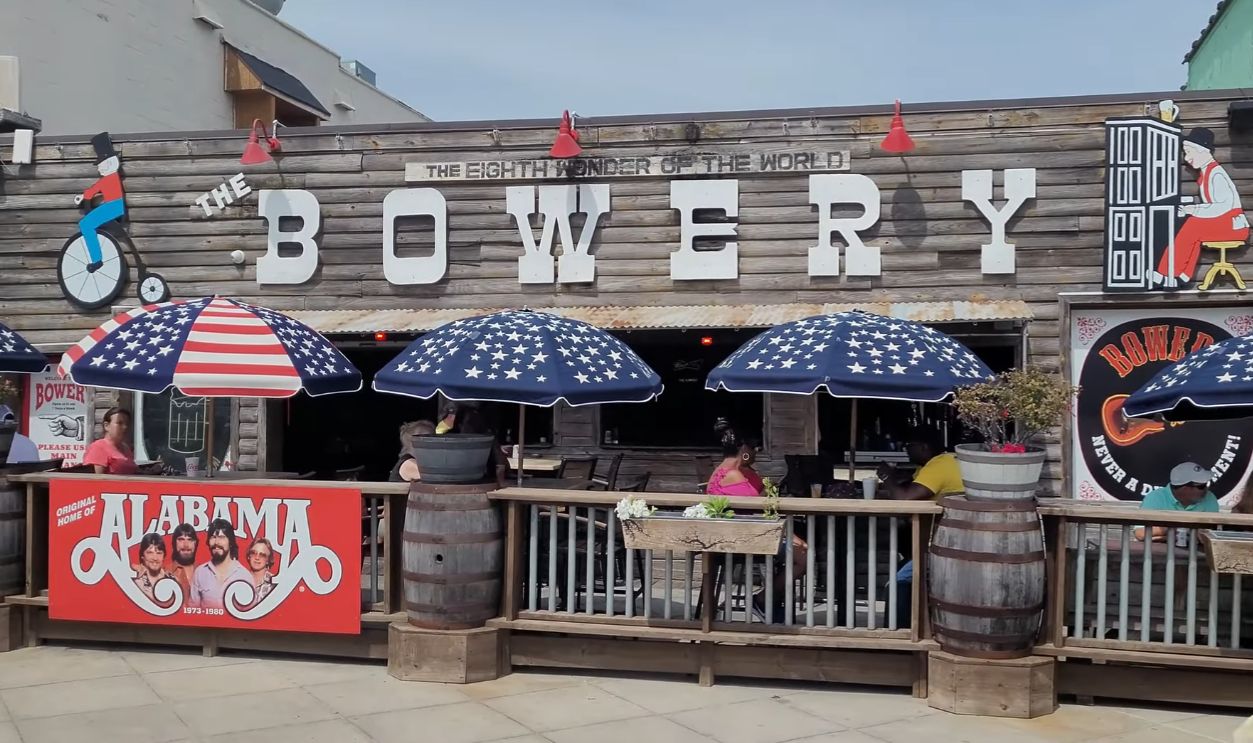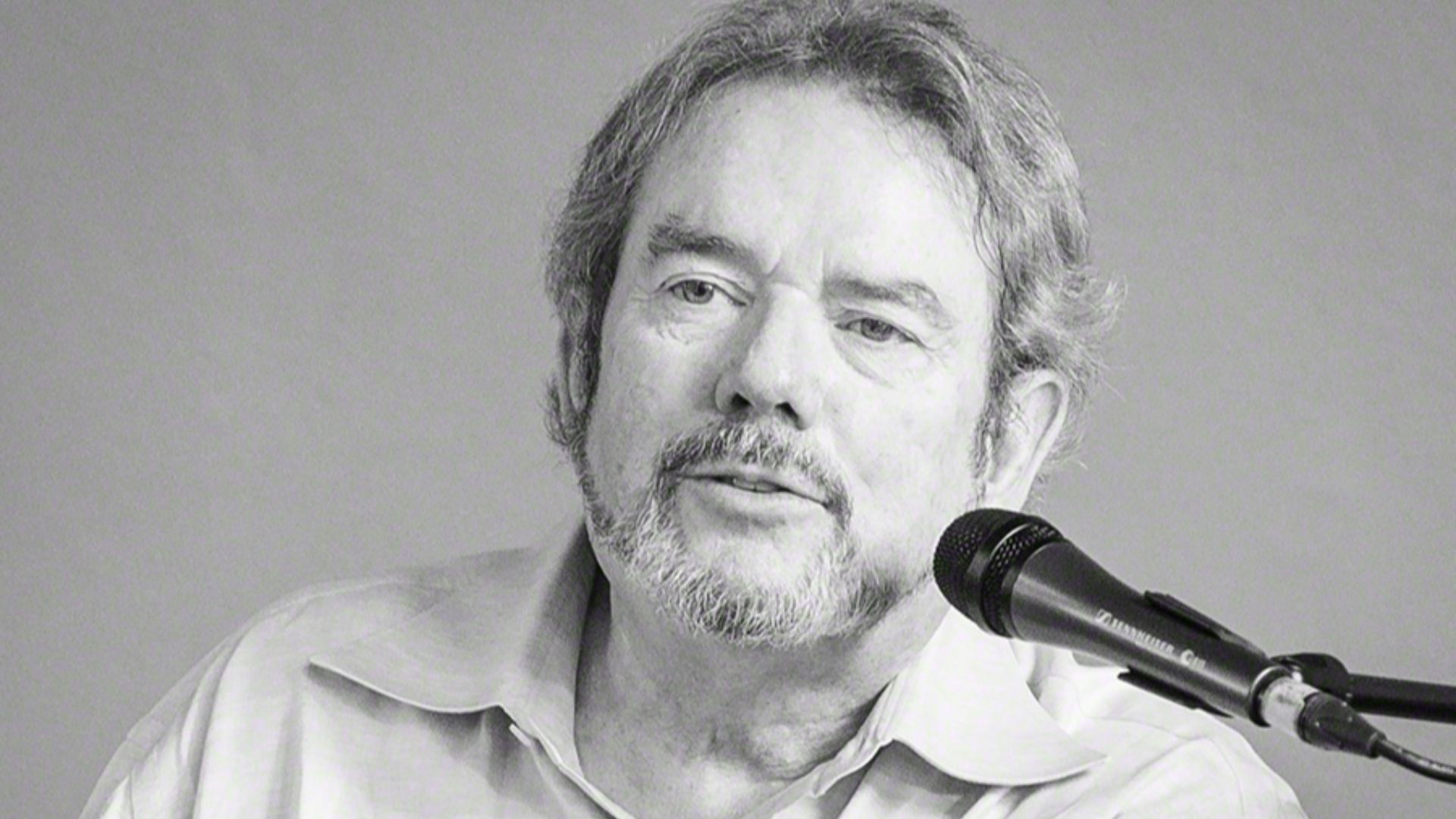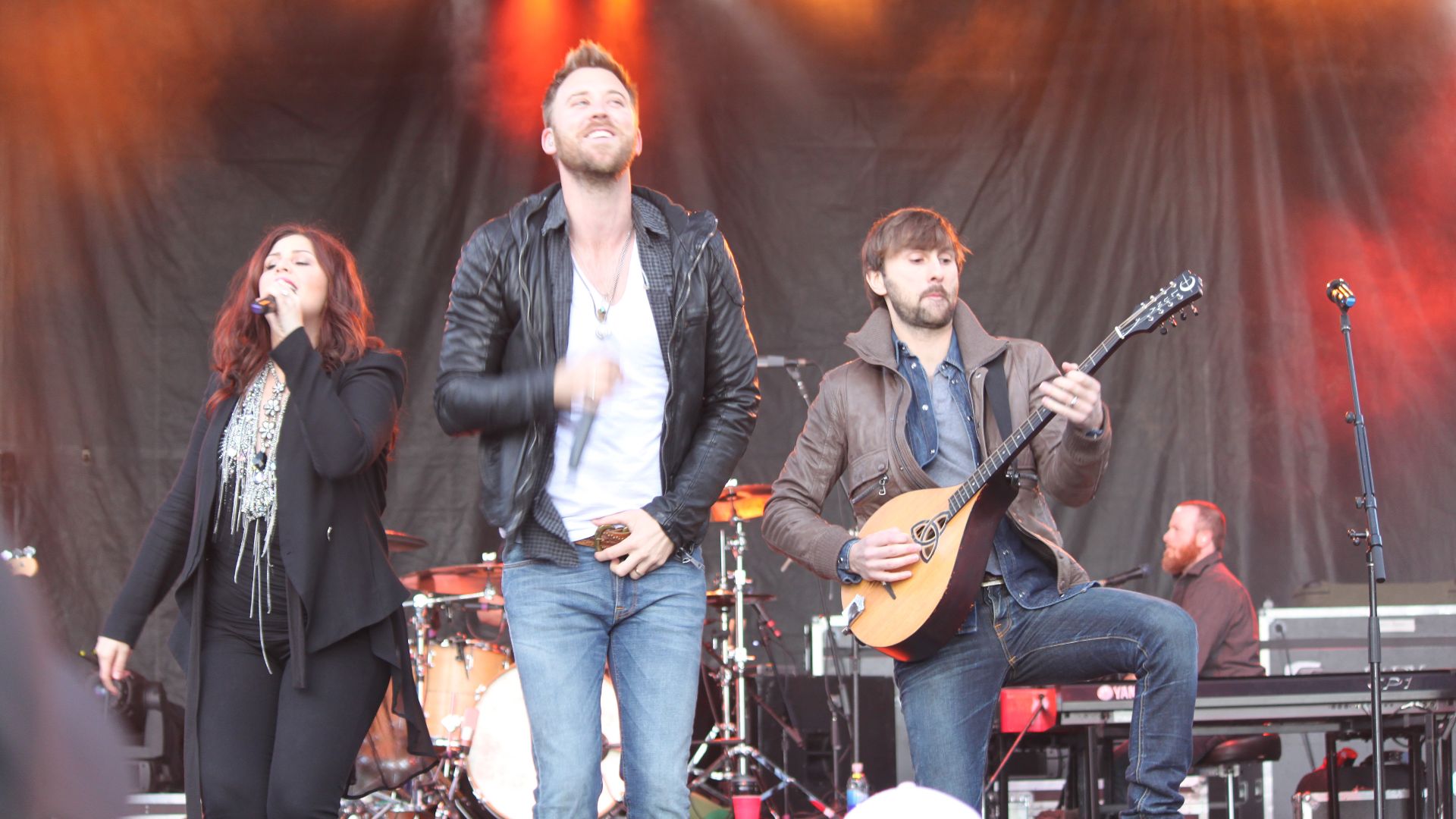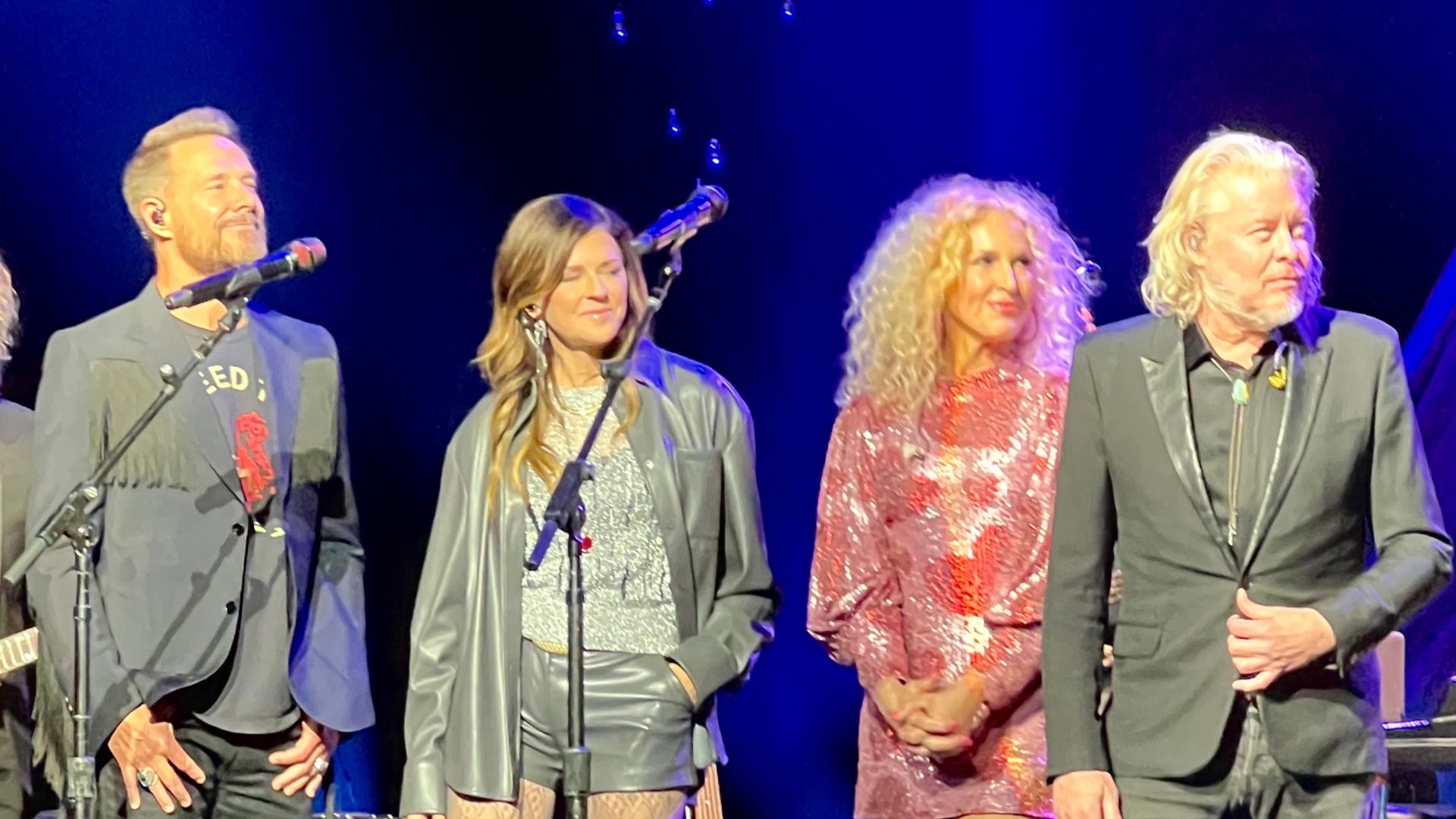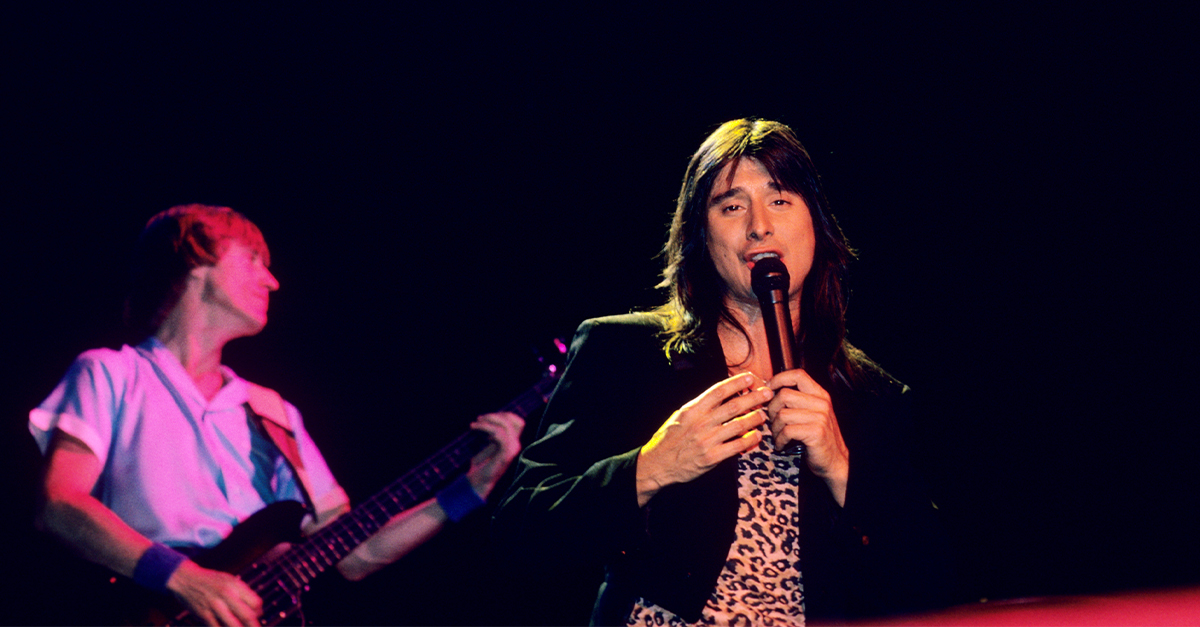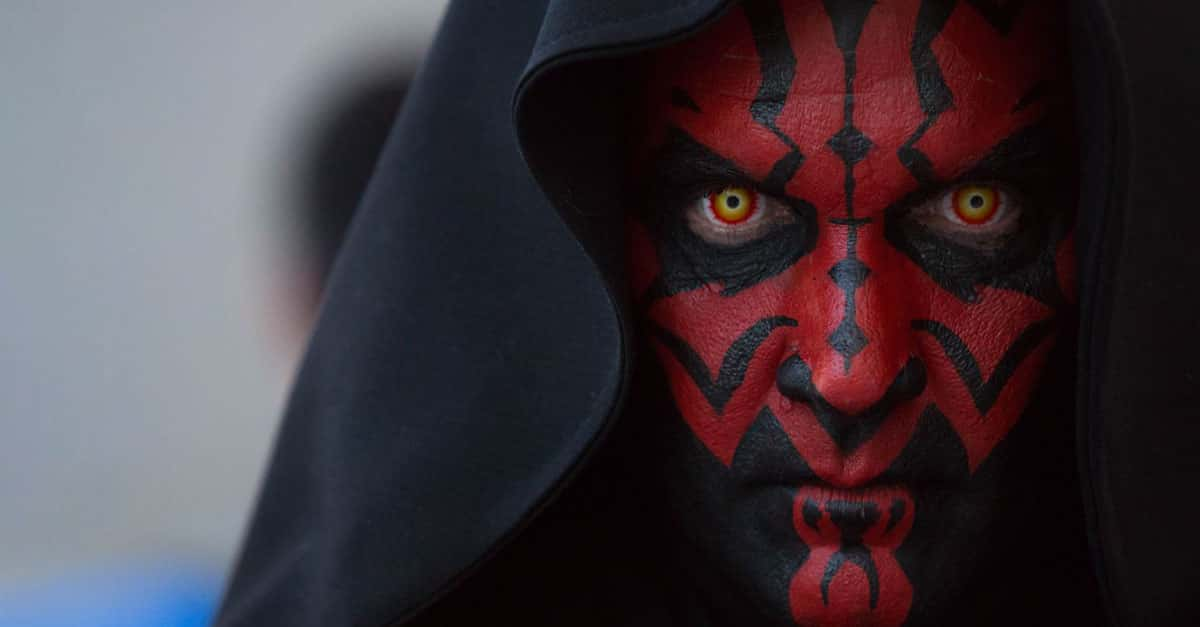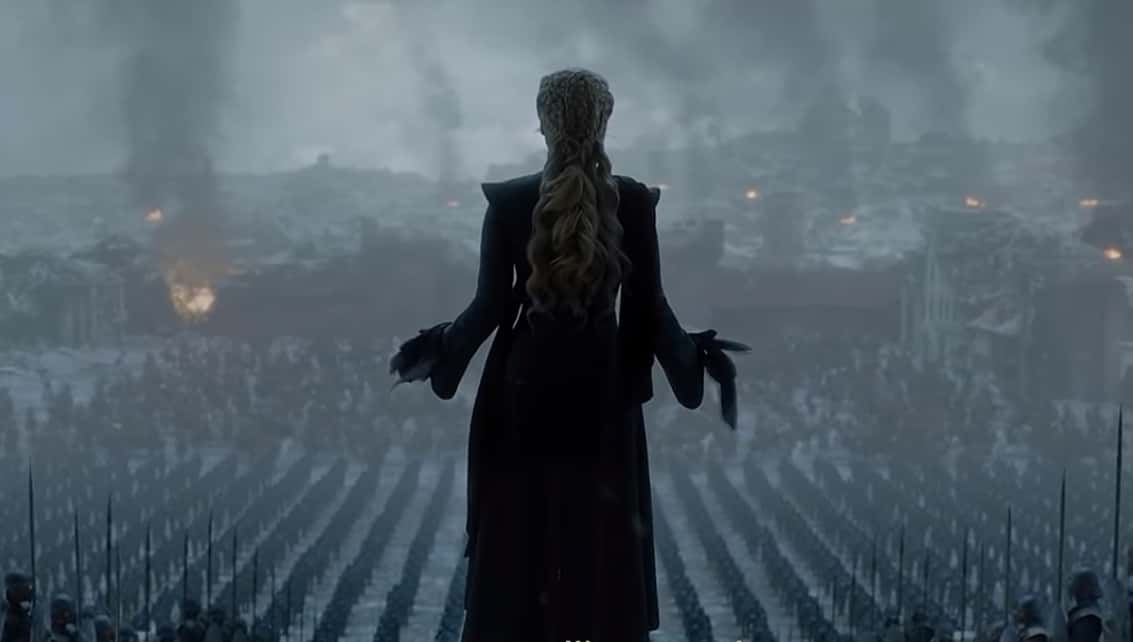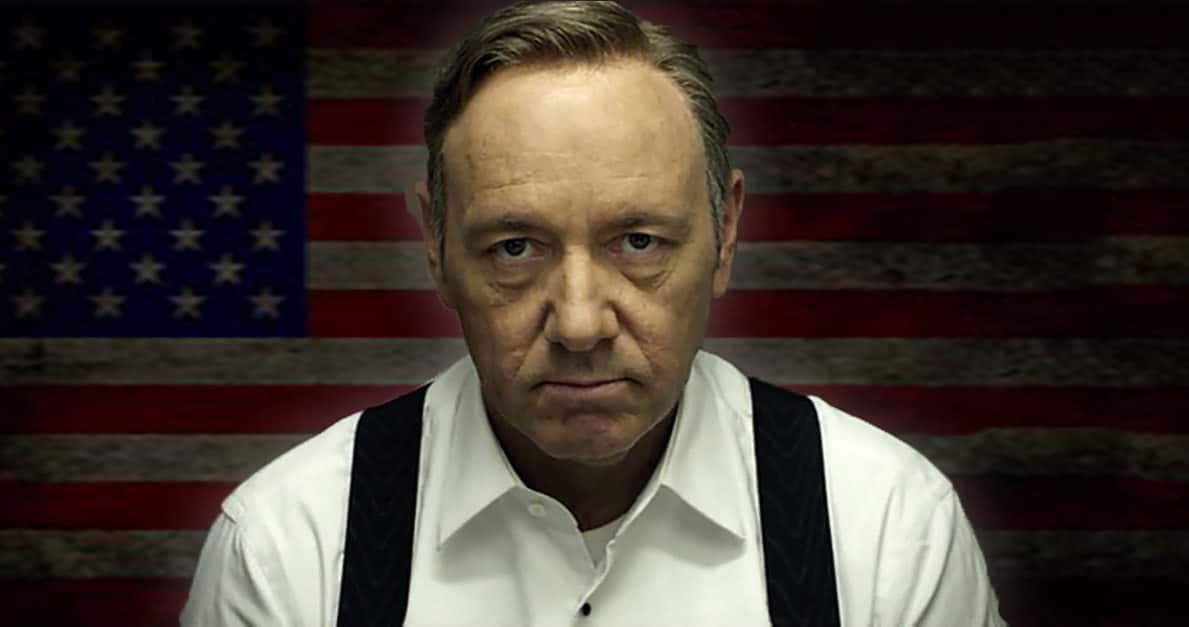Chords That Stuck
Before the genre had a name, before it hit mainstream radio, it had pioneers. Some groups were formed overnight, yet all of them left fingerprints on a sound that’s still evolving today.

The Carter Family
It's 1927, and three relatives from the mountains of Virginia walk into a makeshift recording studio in Bristol, Tennessee, with nothing but their voices and a guitar. What happened next would birth an entire genre. AP Carter, his wife Sara, and Maybelle recorded six songs that day.
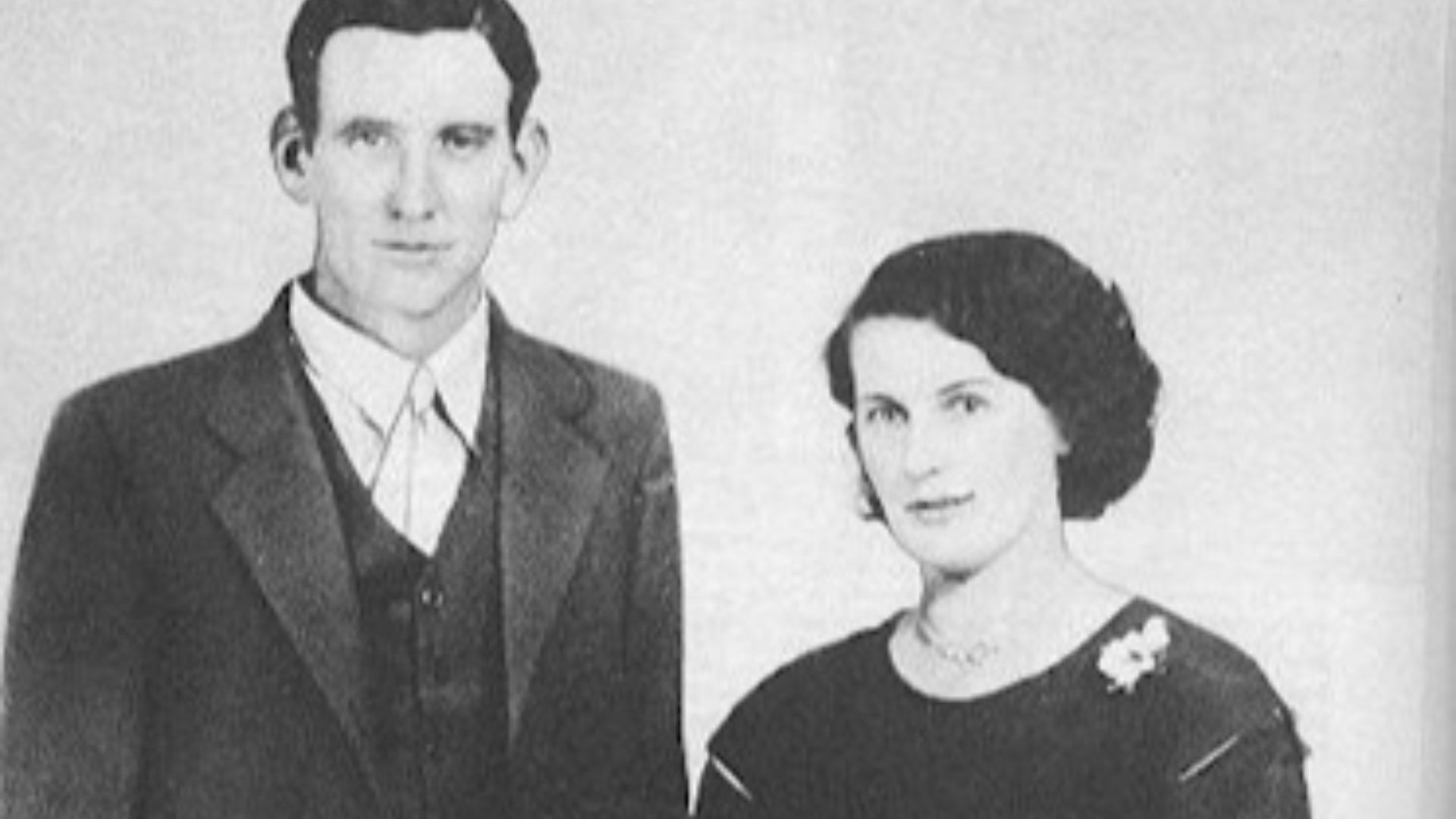 Victor Talking Machine Company, Wikimedia Commons
Victor Talking Machine Company, Wikimedia Commons
The Carter Family (Cont.)
The Carter Family's influence runs so deep that calling them "influential" almost feels inadequate. They recorded more than 300 songs between 1927 and 1956 on labels such as Victor, and the American Record Corporation. Some members also performed on radio programs.
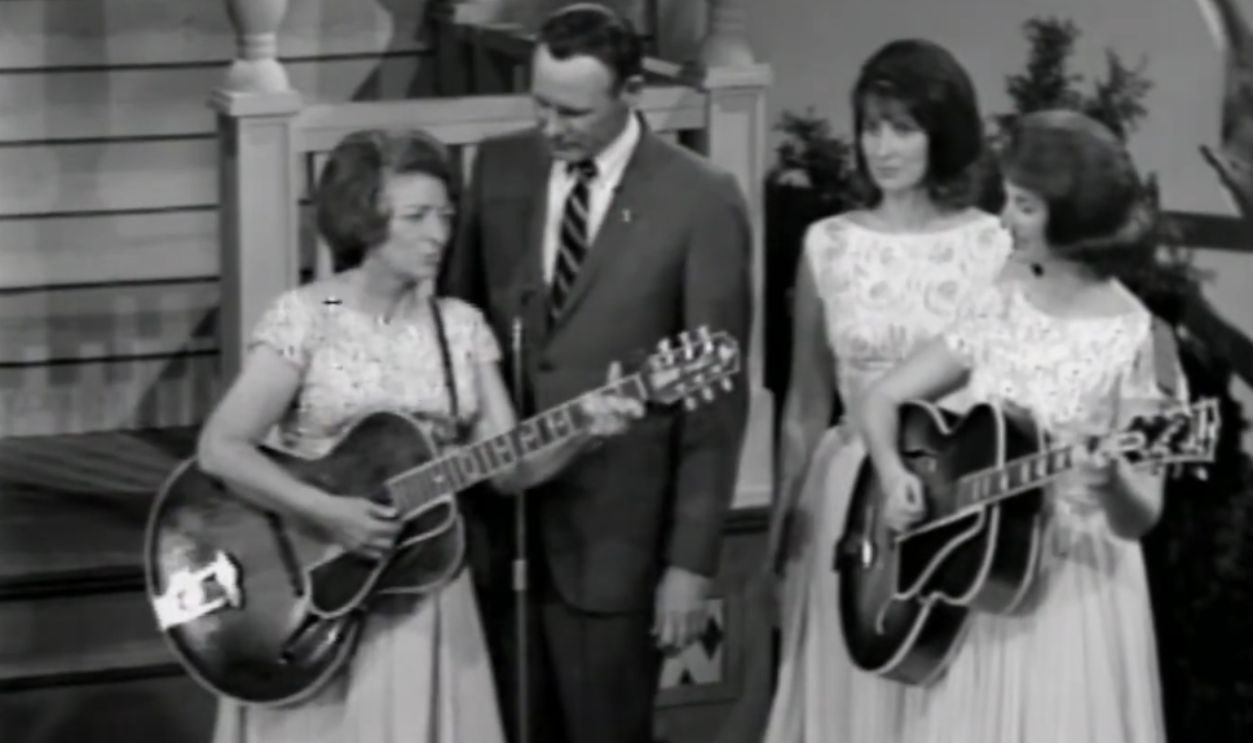 The Carter Family ~ Keep On The Sunny Side, GuriMalla2010
The Carter Family ~ Keep On The Sunny Side, GuriMalla2010
Alabama
Fort Payne, Alabama, population 14,000, seems like an unlikely birthplace for country music royalty. Yet this small town produced the most commercially successful country band in history when cousins Randy Owen, Teddy Gentry, and Jeff Cook formed Alabama in 1969.
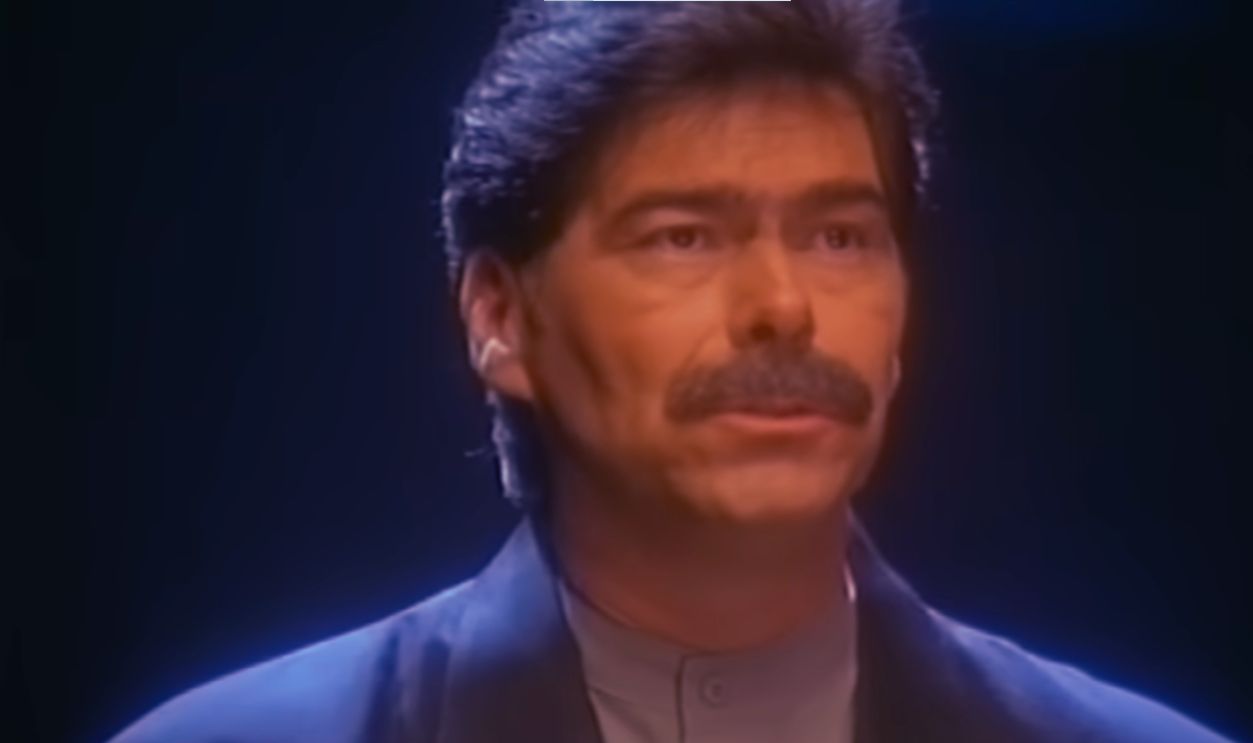 Alabama - Angels Among Us (Official Video) by Alabama Band
Alabama - Angels Among Us (Official Video) by Alabama Band
Alabama (Cont.)
They started as a local band playing for tips at a Myrtle Beach bar called The Bowery. Well, the numbers tell an incredible story: 43 number-one hits, more than 75 million albums sold worldwide, and three consecutive CMA Entertainer of the Year awards.
Flatt Scruggs And The Foggy Mountain Boys
When Earl Scruggs was just 21 years old, he entered the Grand Ole Opry stage and played banjo in a way nobody had ever heard before. His lightning-fast three-finger picking style is remembered to this day, paired with Lester Flatt's smooth vocals.
 Jeff Turner from Raleigh, NC, USA, Wikimedia Commons
Jeff Turner from Raleigh, NC, USA, Wikimedia Commons
Flatt And Scruggs And The Foggy Mountain Boys (Cont.)
After leaving Bill Monroe's band in 1948, Flatt and Scruggs formed the Foggy Mountain Boys and became household names through television. Their theme song for The Beverly Hillbillies became their only #1 hit, while “Foggy Mountain Breakdown” gained immortality as the chase music in Bonnie and Clyde.
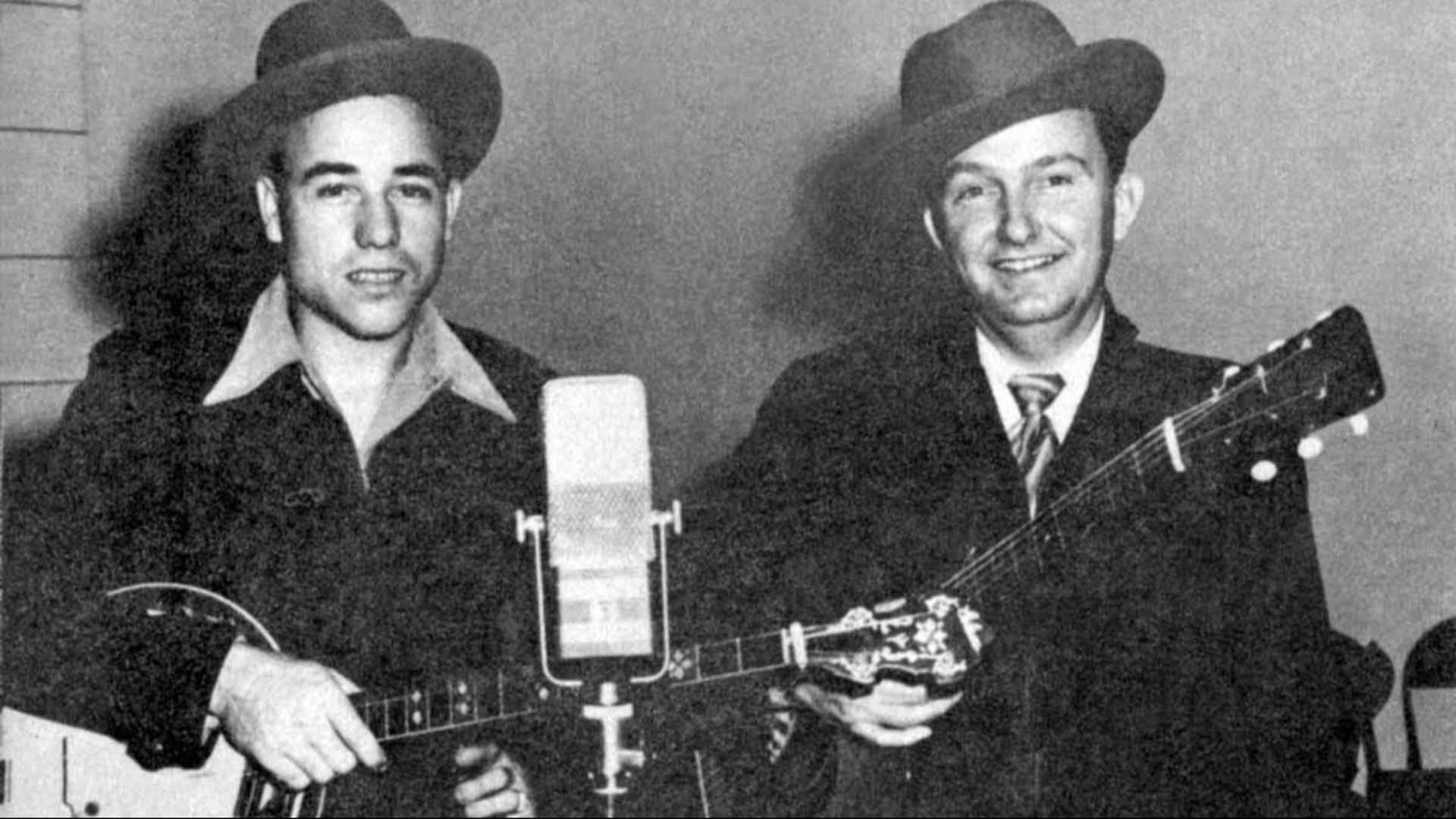 Unknown author, Wikimedia Commons
Unknown author, Wikimedia Commons
Brooks & Dunn
Sometimes the best partnerships come from desperation. Both Kix Brooks and Ronnie Dunn had struggled as solo artists in Nashville, watching their dreams slowly fade until a record executive had a crazy idea: what if these two failed solo acts became one successful duo?
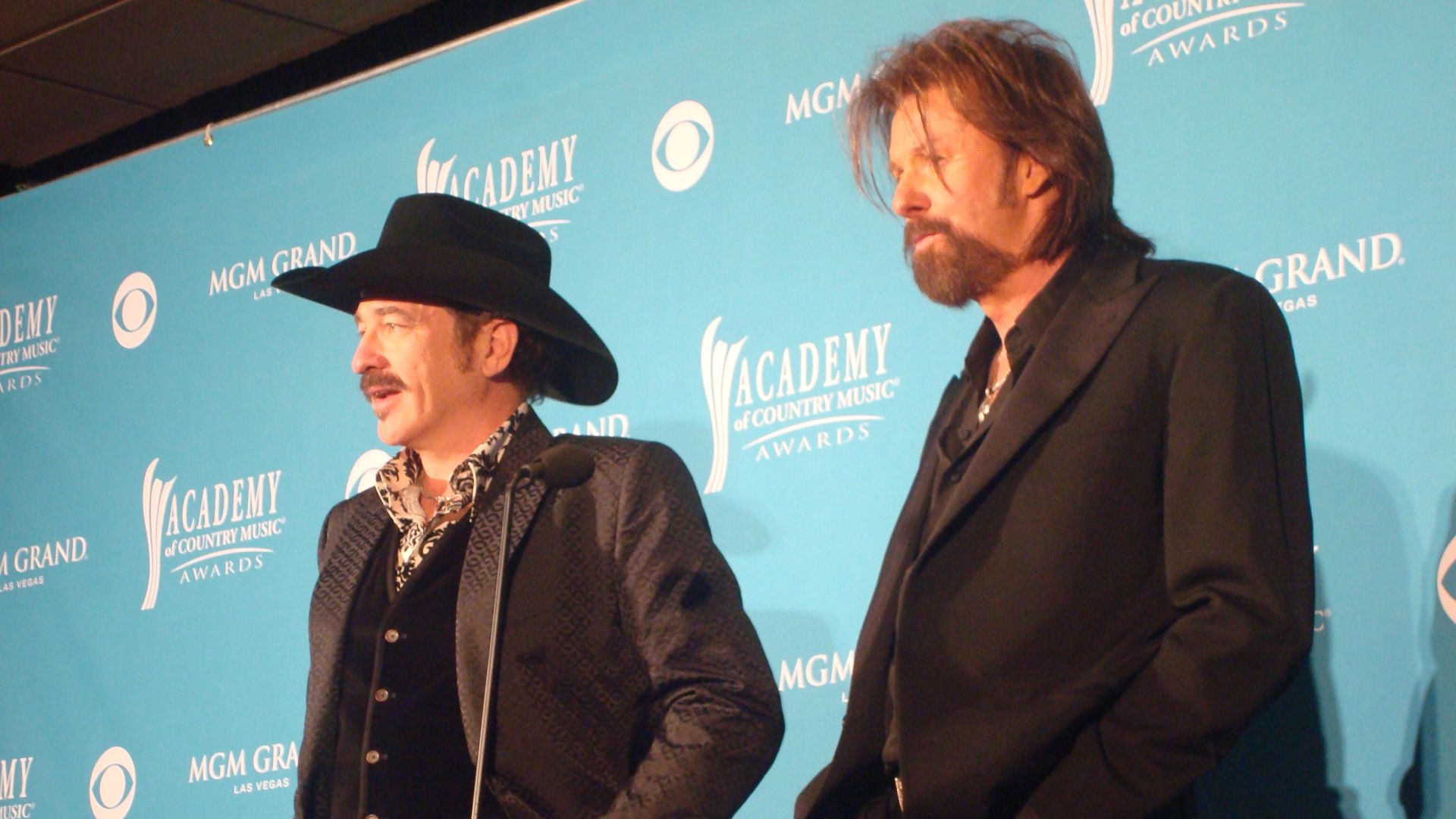 Burningkarma, Wikimedia Commons
Burningkarma, Wikimedia Commons
Brooks & Dunn (Cont.)
Brooks & Dunn dominated the 1990s, racking up 20 number-one songs and selling 30 million albums. Their secret weapon was contrast. Brooks brought the party-hearty showmanship while Dunn delivered the emotional depth, crafting a dynamic that made songs like "Boot Scootin' Boogie" and "Neon Moon" instant classics.
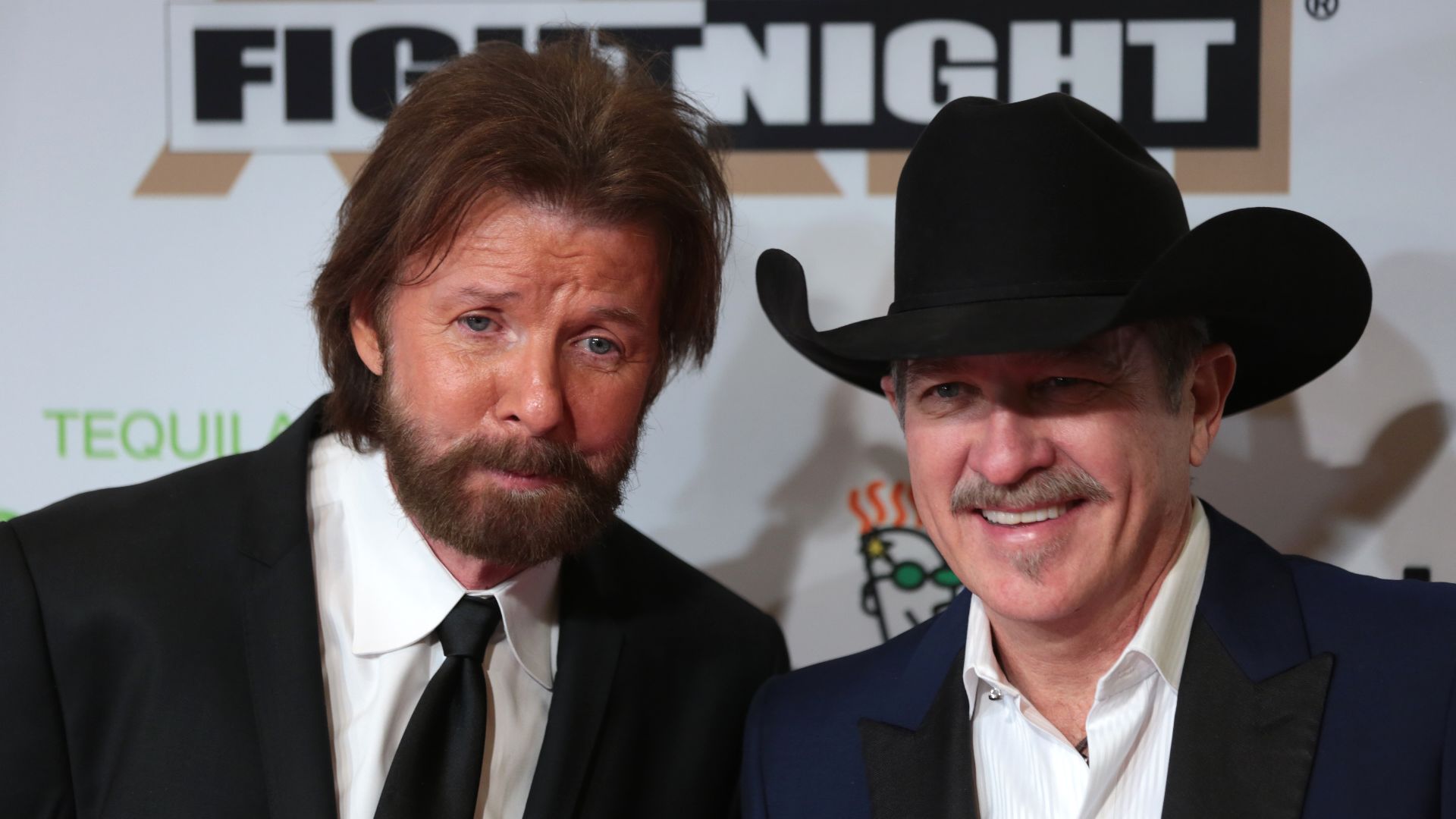 Gage Skidmore, Wikimedia Commons
Gage Skidmore, Wikimedia Commons
The Highwaymen
Imagine being a fly on the wall when Willie Nelson, Waylon Jennings, Johnny Cash, and Kris Kristofferson decided to form a supergroup. These four outlaws, each already a legend in their own right, came together in 1985. The Highwaymen represented the pinnacle of the outlaw country movement.
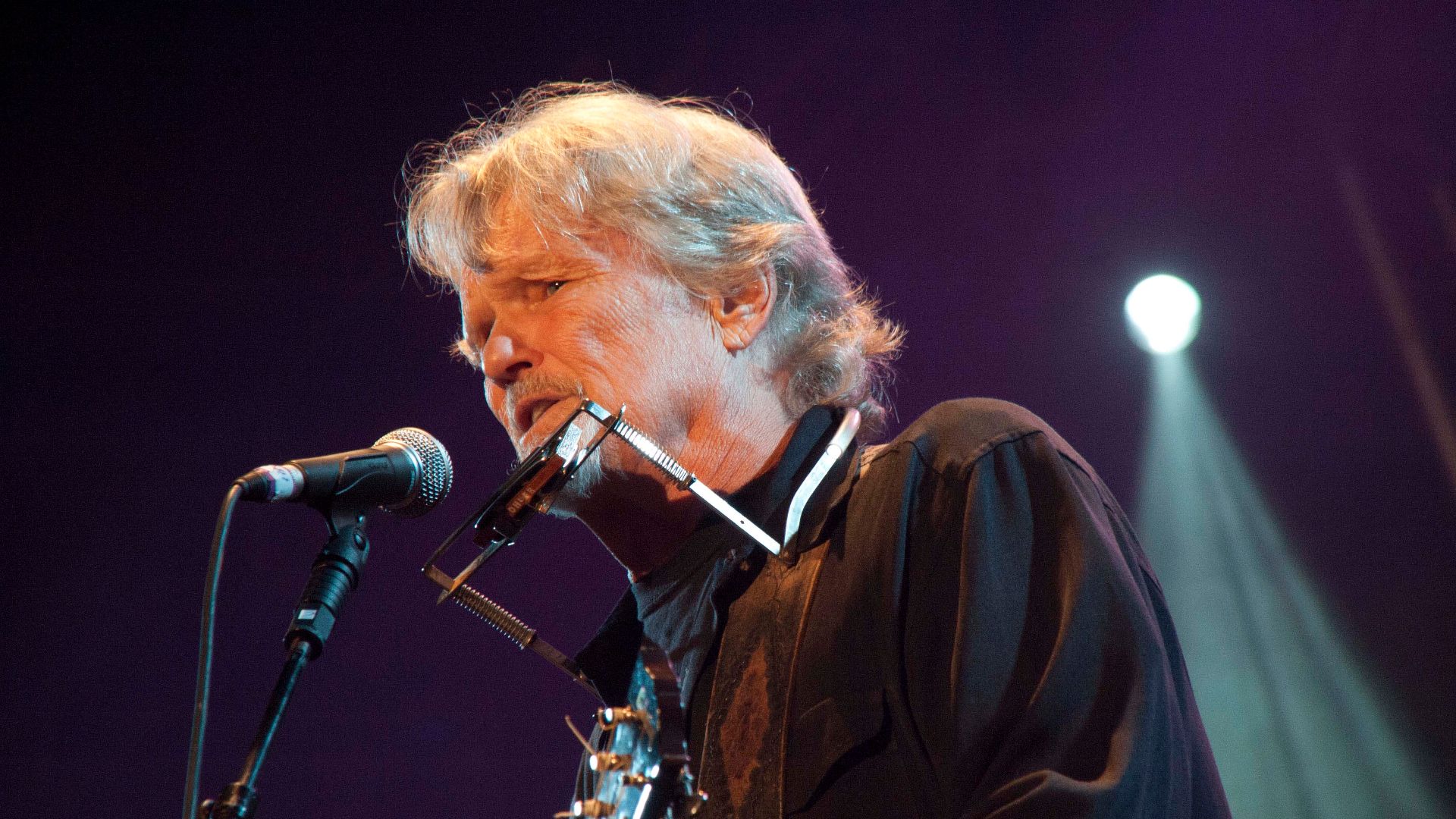 Bryan Ledgard, Wikimedia Commons
Bryan Ledgard, Wikimedia Commons
The Highwaymen (Cont.)
This group recorded three major albums between 1985 and 1995, including their debut album, Highwayman. The album featured their only number-one successful single, also titled “Highwayman”. As per sources, the group’s name was inspired by this song, originally written by Jimmy Webb.
The Chicks (Formerly Dixie Chicks)
Three women from Texas rewrote the rules of country music with nothing but fierce talent and zero tolerance for being told to stay in their lane. Natalie Maines, Martie Maguire, and Emily Strayer burst onto the scene in 1998 with “Wide Open Spaces”.
 David Brown, Wikimedia Commons
David Brown, Wikimedia Commons
The Chicks (Cont.)
It became one of the fastest-selling debuts in country history. Their defiant 2006 comeback album Taking the Long Way won five Grammys, including Album of the Year. Songs like "Goodbye Earl" and "Not Ready to Make Nice" showcased their ability to tackle domestic violence and political persecution.
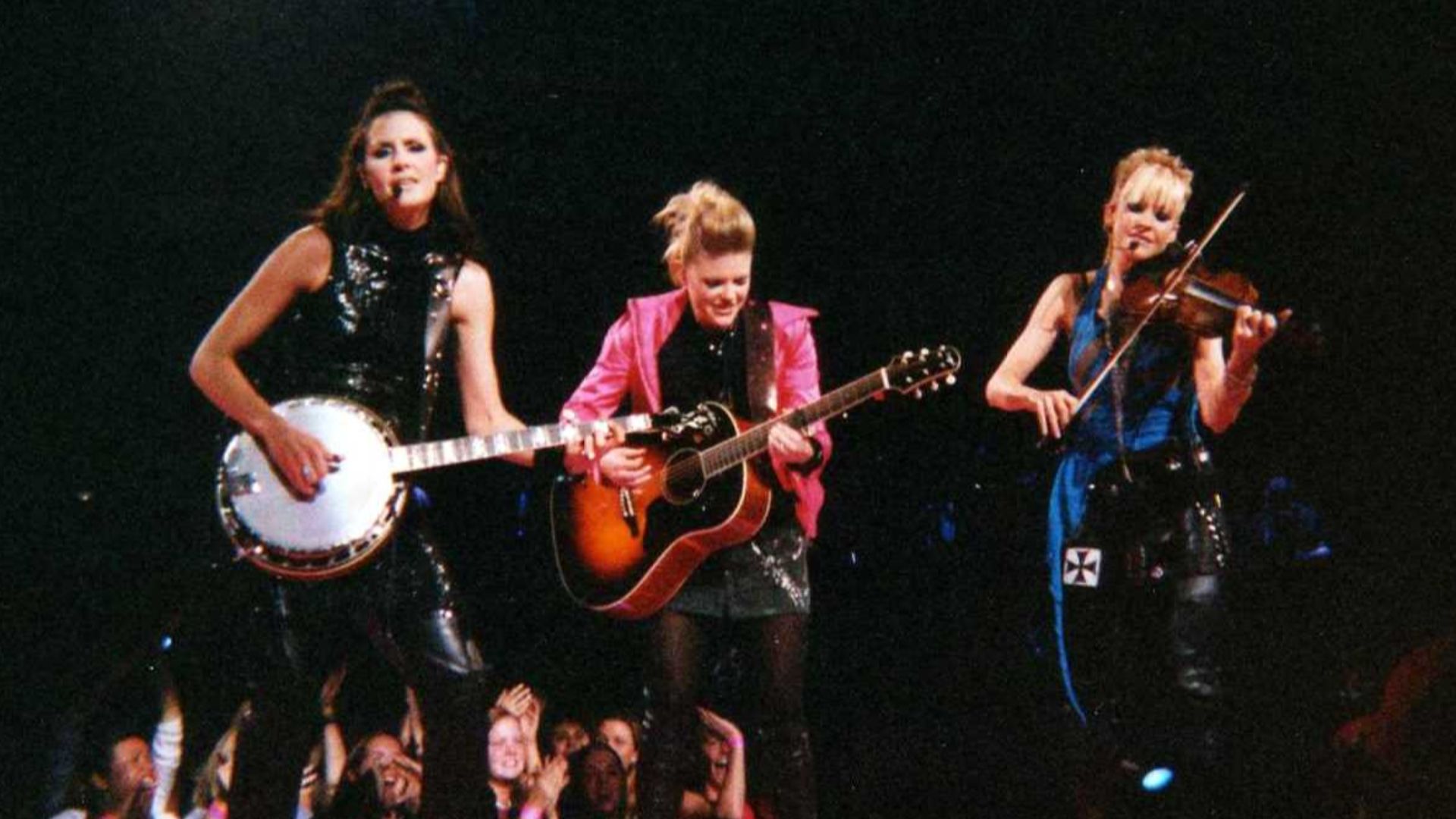 The original uploader was Wasted Time R at English Wikipedia., Wikimedia Commons
The original uploader was Wasted Time R at English Wikipedia., Wikimedia Commons
The Statler Brothers
Here's a fun fact that captures this band’s quirky charm: they weren't actually brothers, and none of them were named Statler. They got their name from a tissue box they spotted in a hotel room, joking they could have just as easily been called “The Kleenex Brothers”.
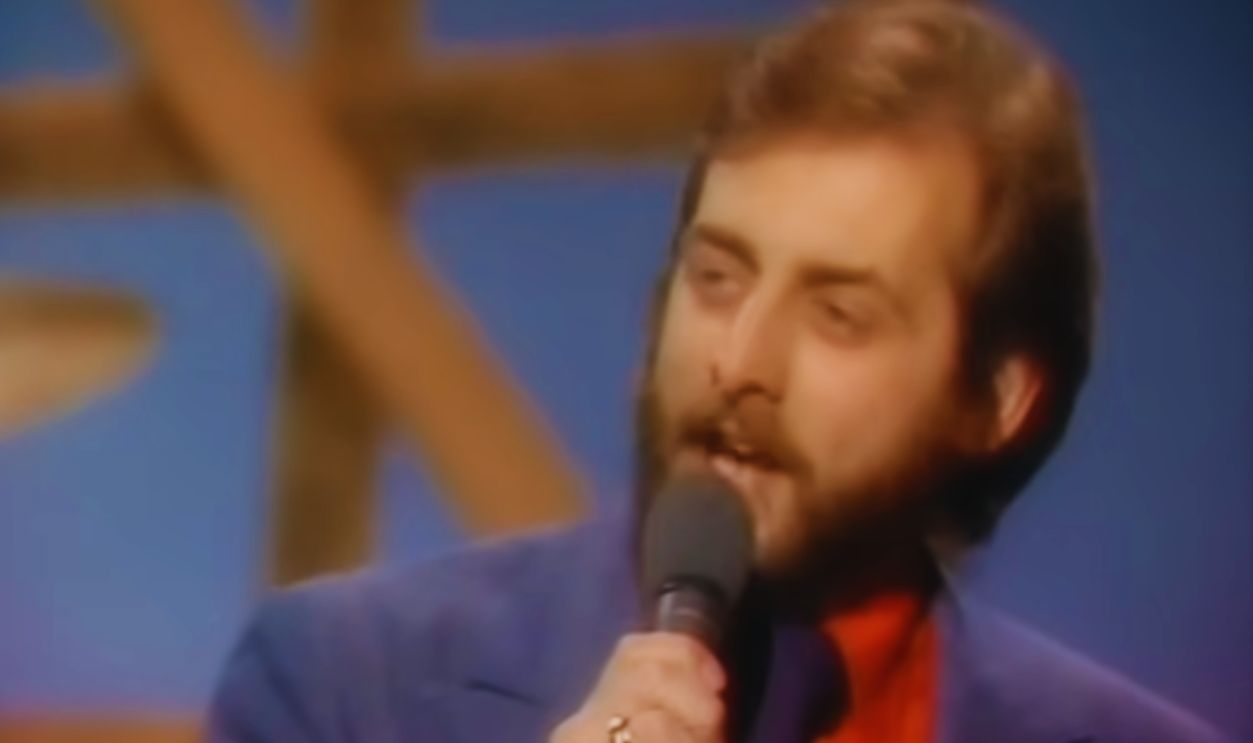 The Statler Brothers - Bed of Roses (Man in Black: Live in Denmark) by Johnny Cash
The Statler Brothers - Bed of Roses (Man in Black: Live in Denmark) by Johnny Cash
The Statler Brothers (Cont.)
Don and Harold Reid (the actual brothers), Phil Balsley, and Lew DeWitt turned gospel quartet harmonies into country gold, starting with their 1965 Grammy-winning masterpiece “Flowers on the Wall”. During their peak commercial period, they scored 33 Top 10 hits and became regulars on Johnny Cash's show.
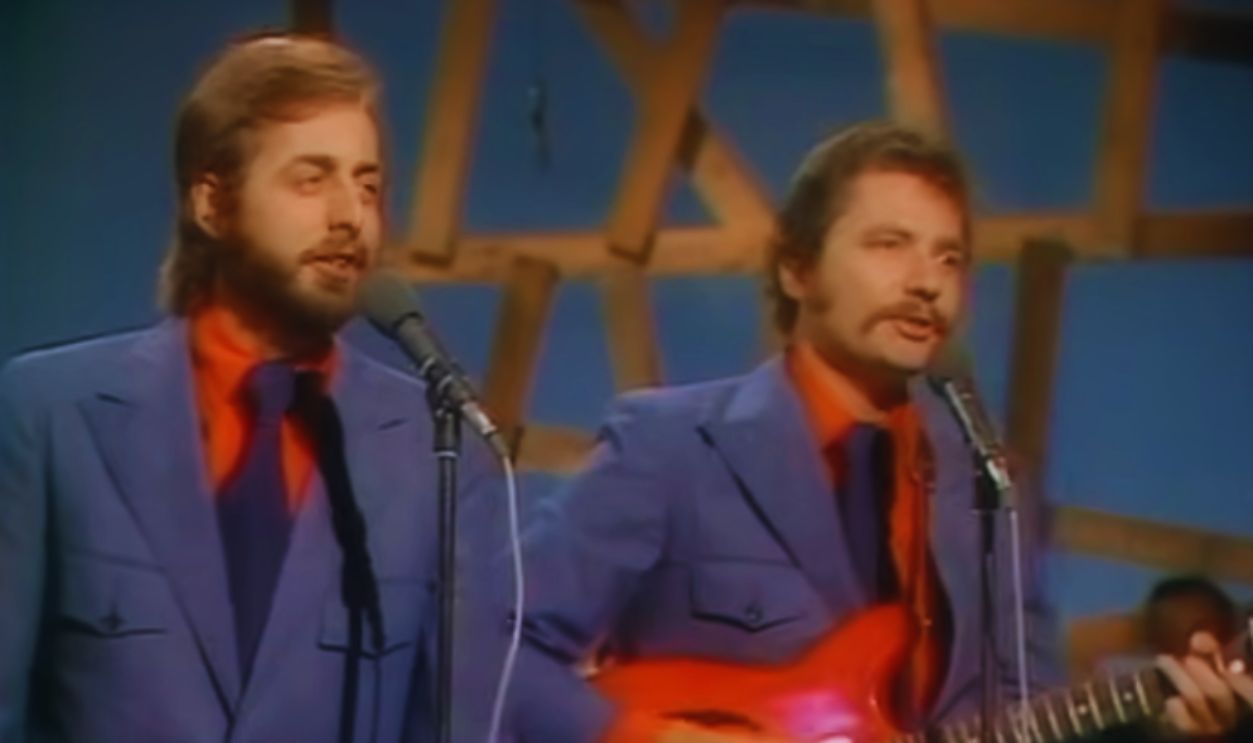 The Statler Brothers - Bed of Roses (Man in Black: Live in Denmark) by Johnny Cash
The Statler Brothers - Bed of Roses (Man in Black: Live in Denmark) by Johnny Cash
Rascal Flatts
Love them or hate them, you can't argue with 14 number-one singles and 27 million albums sold. Gary LeVox, Jay DeMarcus, and Joe Don Rooney formed Rascal Flatts in 1999 and immediately divided music fans with their pop-polished sound and emotional intensity.
Rascal Flatts (Cont.)
While purists criticized their heavily produced approach, millions accepted their soaring harmonies and crossover appeal. Their breakthrough number "Prayin' for Daylight" is said to have introduced a new template of layered vocals and rock-influenced production that many artists have since adopted.
 Joe Bielawa from MInneapolis, USA, Wikimedia Commons
Joe Bielawa from MInneapolis, USA, Wikimedia Commons
The Oak Ridge Boys
Four voices, one unforgettable bass note, and a career spanning five decades. Yup, that's the Oak Ridge Boys in a nutshell. Originally a gospel quartet formed in the 1940s, they made the bold transition to country music in the 1970s and found their greatest success with secular material.
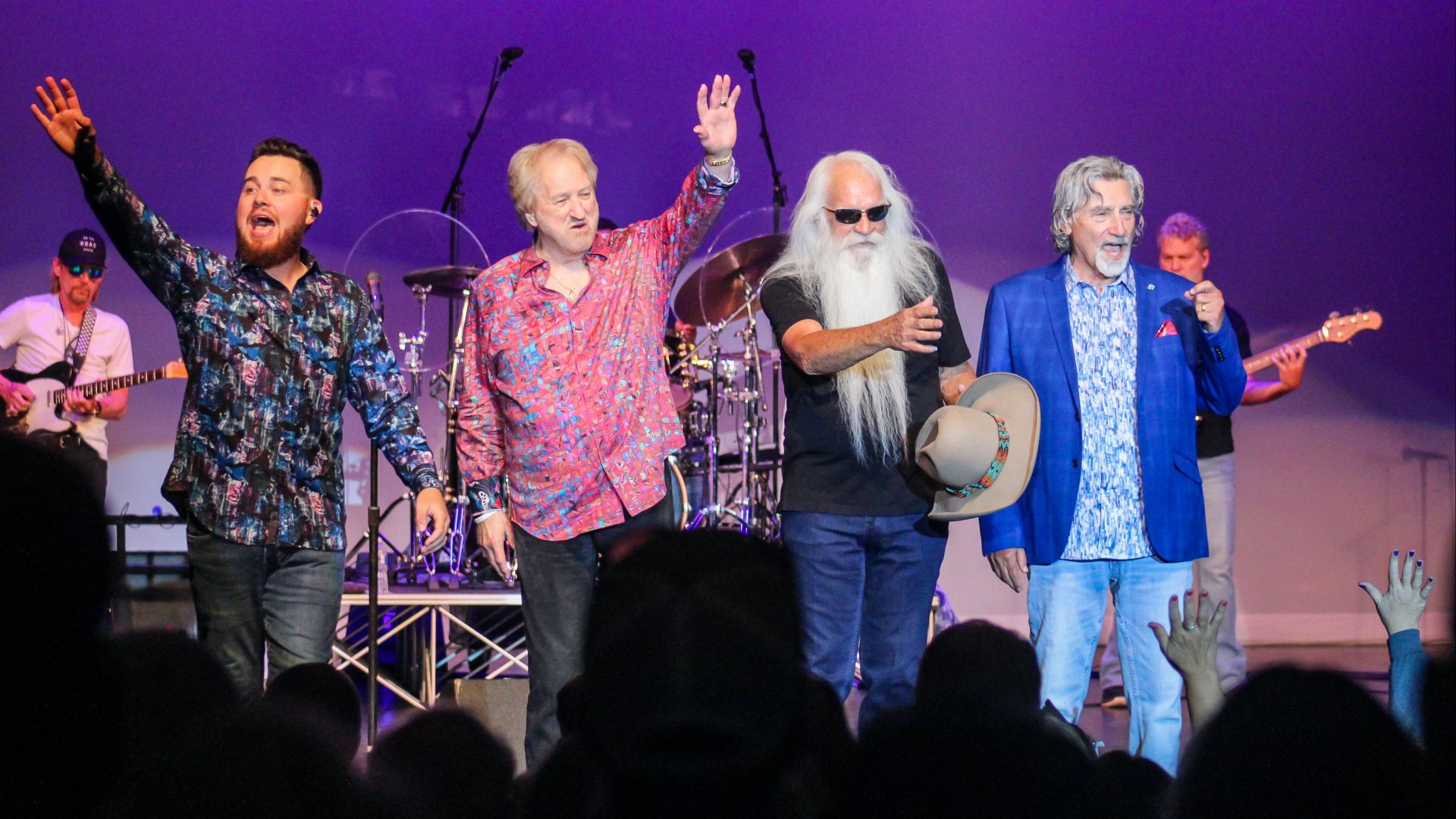 Theboreingone, Wikimedia Commons
Theboreingone, Wikimedia Commons
The Oak Ridge Boys (Cont.)
Their deep gospel roots gave them rich harmonies. "Oom-papa-oom-papa-mow-mow" – if you know, you know. Richard Sterban's iconic bass vocal on "Elvira" stood as one of the most recognizable sounds, helping the song reach #5 on the pop charts and earning the group a Grammy in 1982.
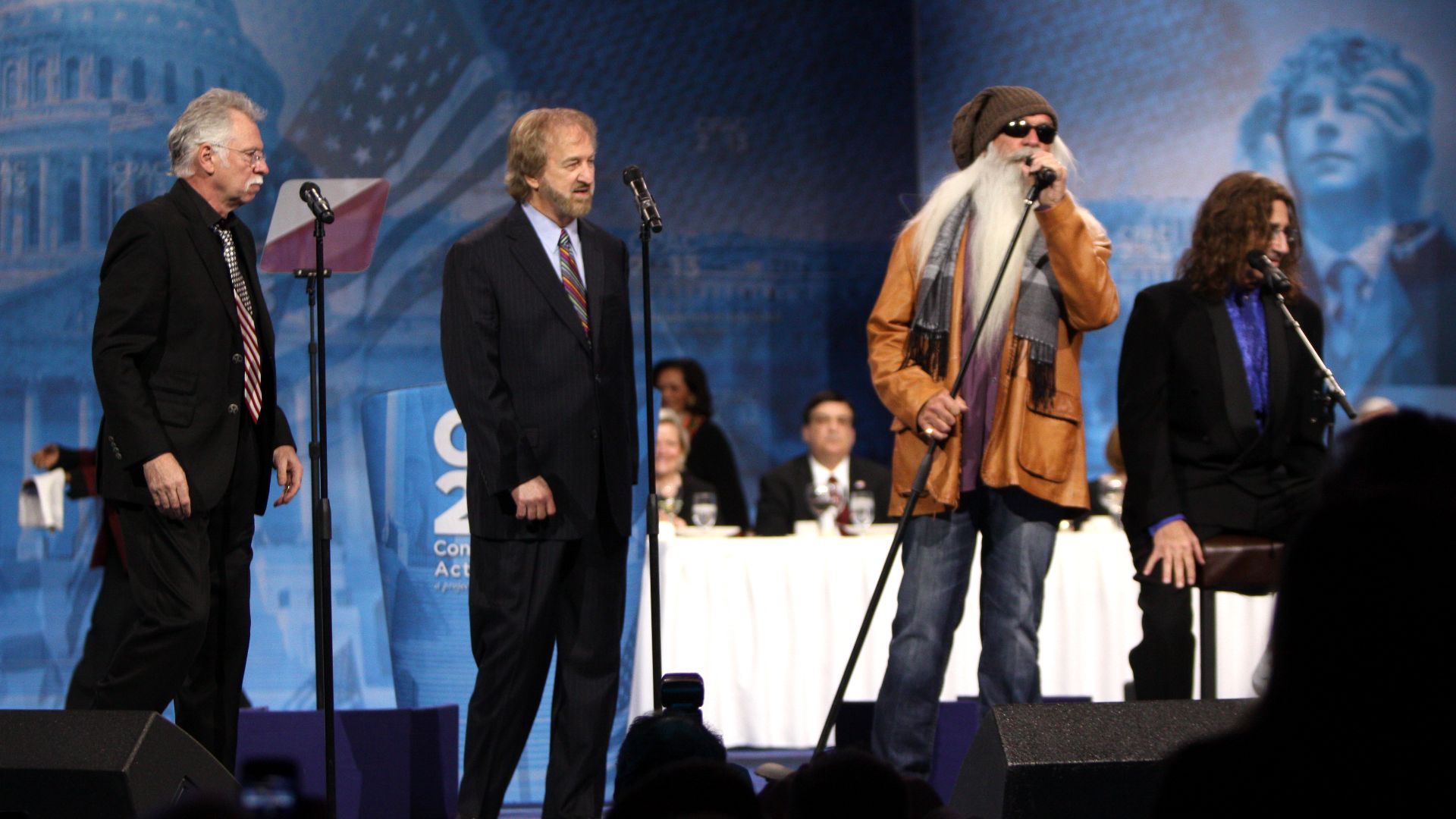 Gage Skidmore, Wikimedia Commons
Gage Skidmore, Wikimedia Commons
The Nitty Gritty Dirt Band
Born in 1960s California during the height of the folk revival, the Nitty Gritty Dirt Band became unlikely ambassadors between country music’s past and future. These longhaired hippies from Long Beach were busy bridging the gap between rock, folk, and traditional country music.
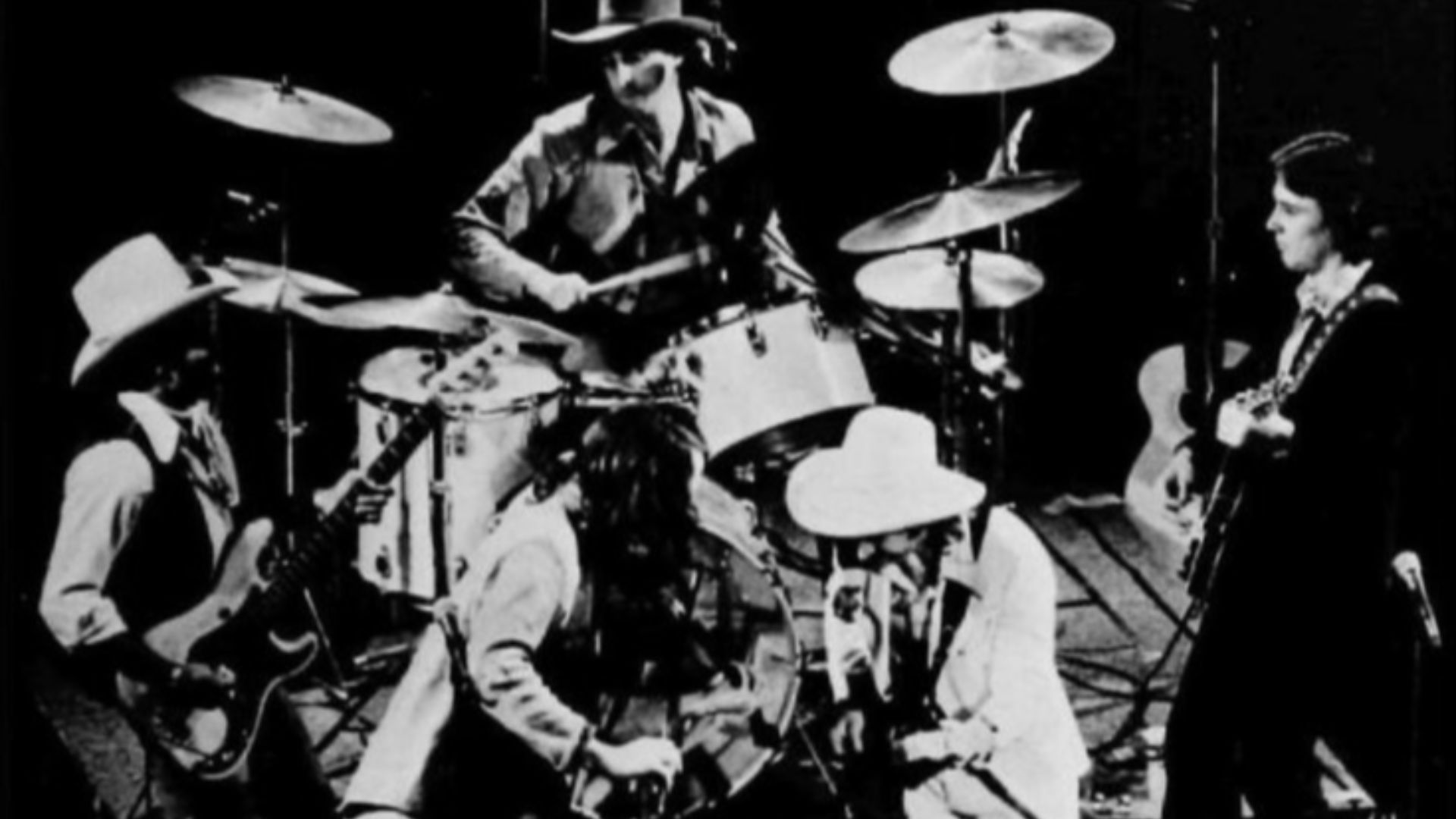 United Artists Records, Wikimedia Commons
United Artists Records, Wikimedia Commons
The Nitty Gritty Dirt Band (Cont.)
Their masterpiece, 1972's Will the Circle Be Unbroken, is a pretty important album in American music history. This triple-LP collaboration brought together legends like Earl Scruggs, Maybelle Carter, Doc Watson, and Roy Acuff with the young rock musicians. It spent months on both country and pop charts.
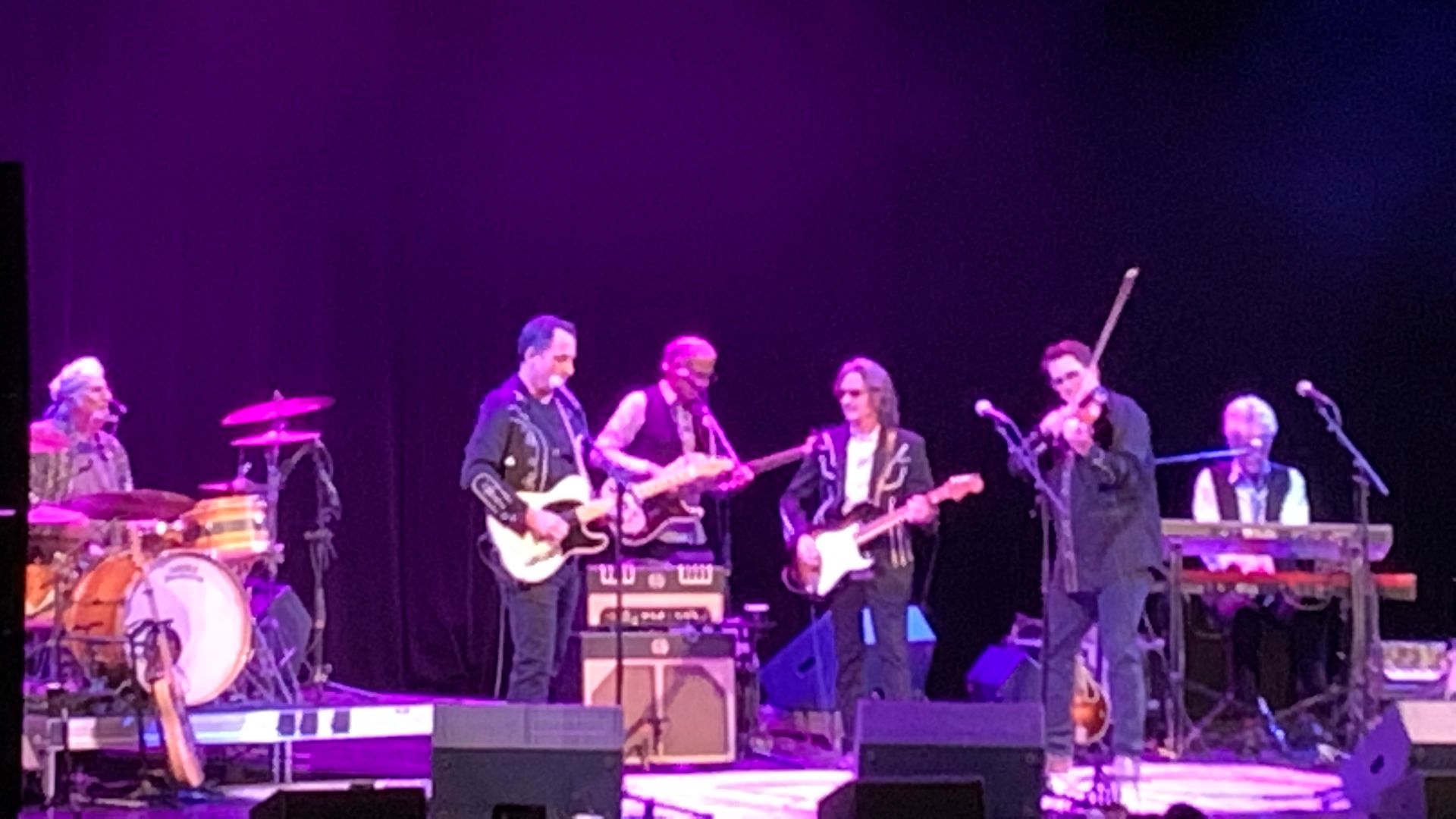 TenPoundHammer, Wikimedia Commons
TenPoundHammer, Wikimedia Commons
Lady Antebellum (Lady A)
What happens when you take two seasoned Nashville songwriters and pair them with a classically trained vocalist who grew up singing in church? You get Lady Antebellum. Hillary Scott, Dave Haywood, and Charles Kelley introduced their squad in 2006, but their overnight success was anything but accidental.
Lady Antebellum (Cont.)
It was the result of years of behind-the-scenes work and musical chemistry that couldn't be manufactured. "Need You Now" didn't just top the charts; it became a cultural phenomenon. The song's late-night vulnerability and haunting harmonies earned them five Grammy Awards, including Song of the Year.
Little Big Town
Four people, four distinct voices, and absolutely no designated lead singer. Little Big Town's democratic approach to vocals brewed something entirely unique in country music. Karen Fairchild, Kimberly Schlapman, Phillip Sweet, and Jimi Westbrook have been the core members of this group since 1998.
Little Big Town (Cont.)
It is said that it took them nearly a decade of struggle and label changes before they found their signature sound. "Pontoon" marked their commercial entry in 2012, but it was "Girl Crush" that proved Little Big Town could tackle complex themes with sophisticated artistry.
 Official U.S. Navy Page from United States of America, Wikimedia Commons
Official U.S. Navy Page from United States of America, Wikimedia Commons

